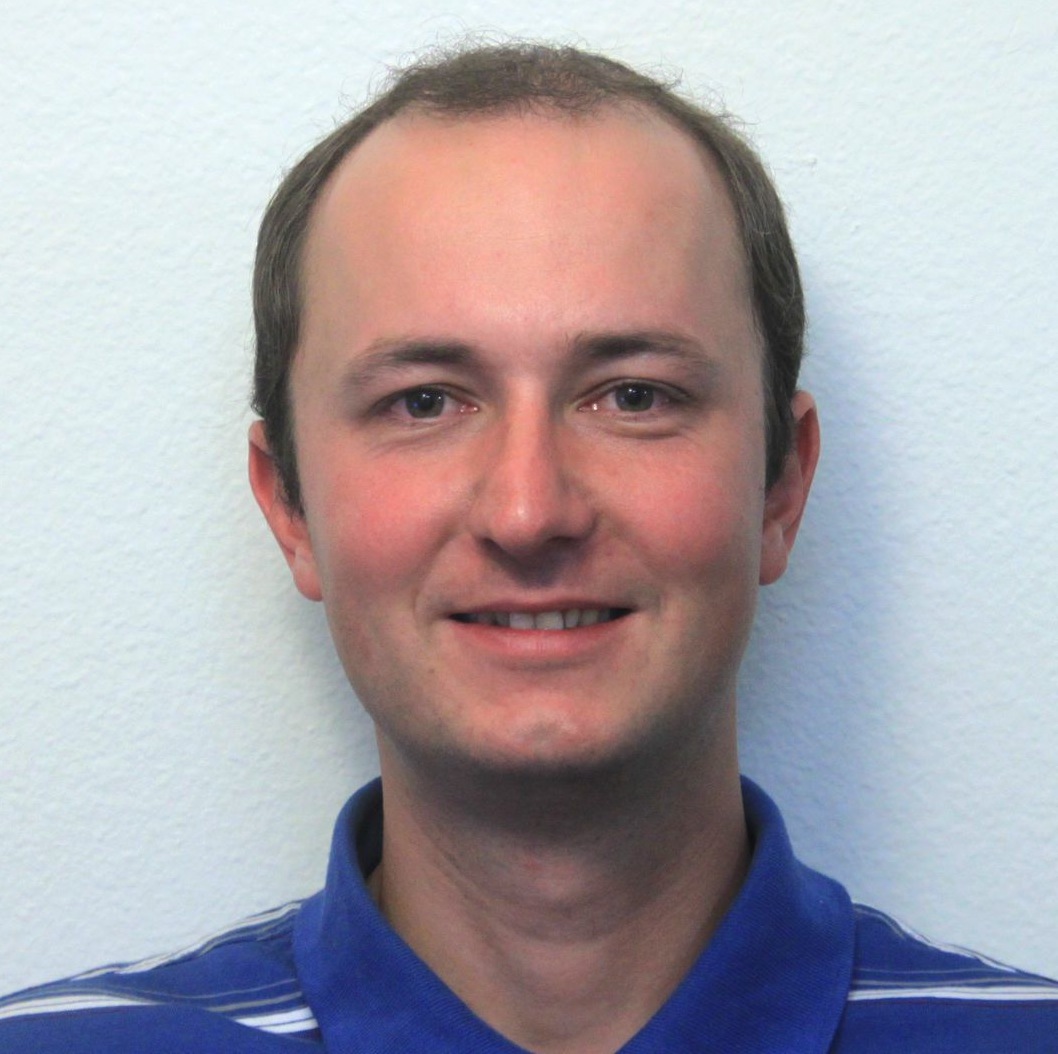 |
How does the normal human brain develop hyperexcitability and in extreme cases epilepsy? This is a fundamental scientific and clinical question. However, in spite of dramatic and paradigm-changing advances in research, the prevention of epilepsy following a precipitating event remains unresolved. To develop strategies for the prevention of epilepsy, it is necessary to understand the process of epileptogenesis. My previous post-graduate training in Hungary afforded the opportunity to learn electrophysiological and imaging techniques and to acquire pharmacological knowledge. In September 2008 I moved to work in the laboratory of Professor Mody, who is a world-leader in the quest to understand the diverse facets of inhibition and their role in epilepsy. We have developed a novel unilateral cerebrovascular in vivo ischemia model in mice which is the first step to obtain detailed information about molecular targets for the development of poststroke antiepileptogenic treatments. Now our aim is to examine the effects of acute ischemia on brain activity in freely moving mice and also the long-term effects of an acute cerebrovascular trauma on brain excitability (e.g., epileptogenesis) providing new therapeutical opportunities to prevent long-term brain disorders. |
|
Albert M. Barth
Postdoctoral Researcher
Department of Neurology
UCLA School of Medicine
NRB 1, Room 555
635 Charles Young Drive South
Los Angeles, CA 90095-733522
Lab: (310) 206-3485
FAX: (310) 825-0033
abarth#ucla.edu
|
|
 Albert M Barth
Albert M Barth  Albert M Barth
Albert M Barth  Albert M Barth
Albert M Barth